Top Things to Know Before Buying the Best Soil for Indoor Plants
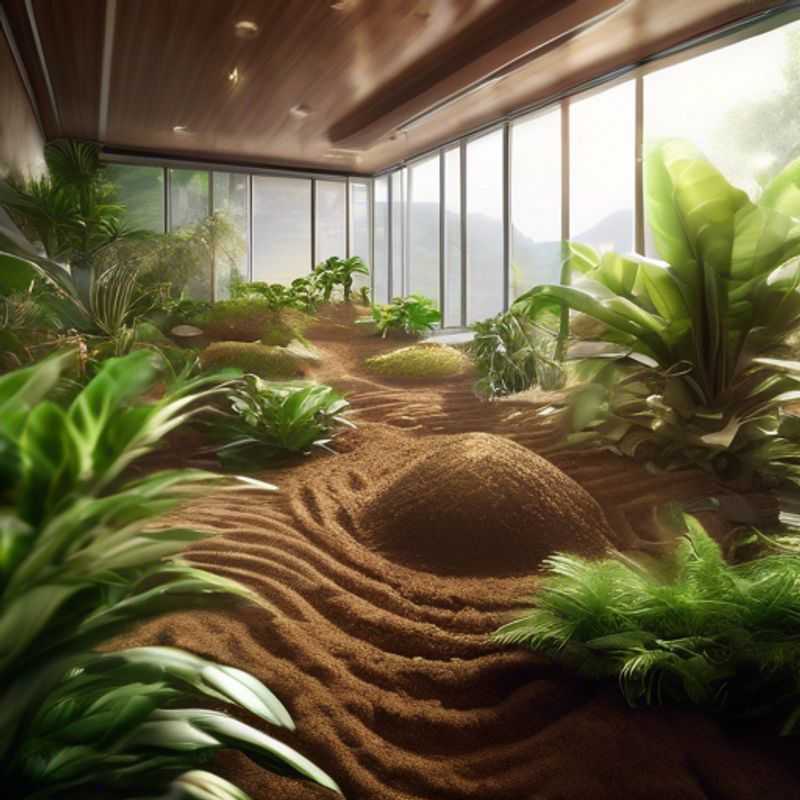
7 Things You Need to Know Before Choosing the Best Soil for Your Indoor Plants
Hey plant enthusiasts! You've decided to bring the green indoors, and that's fantastic. But before you dive into the world of indoor gardening, let's talk about the foundation of it all: soil. Choosing the right soil is crucial for your plants' health and happiness. Here's a quick rundown on what to consider before you pick up that bag:
Understand the specific plants' soil requirements: Every plant is unique and has different needs. Research the specific type of plants you're bringing home and learn about their preferred soil conditions. Do they like acidic or alkaline soil? Do they need a well-draining mix or one that retains moisture?
Research the different types of potting soil available: There's a wide variety of potting mixes out there, each catering to different plant needs. Some common types include:
- All-purpose potting mix: A good general-purpose mix for many indoor plants.
- Cactus and succulent mix: Designed for plants that prefer well-draining soil.
- African violet mix: A mix that is more acidic and provides good moisture retention.
- Seed starting mix: A light and airy mix for starting seeds.
Consider the drainage and aeration needs of indoor plants: Indoor plants need soil that allows for proper drainage to prevent root rot. Look for mixes with ingredients like perlite or vermiculite, which help with aeration and water retention.
Look for soil that is nutrient-rich and free of pests/diseases: Healthy plants need healthy soil. Choose a mix that contains essential nutrients and is free of harmful pests and diseases. Check for labels indicating that the soil has been sterilized.
Evaluate the pH level that your plants prefer:

Decoding the Soil Secrets: Understanding Your Plant's Needs
Knowing your plant’s soil requirements is crucial for its healthy growth. Every plant has specific needs for soil pH, drainage, and nutrient content.
Soil pH refers to its acidity or alkalinity. Most plants thrive in a slightly acidic to neutral pH range (6.0-7.0). You can test your soil's pH using a home kit or have it professionally tested.
Drainage is how well water flows through the soil. Plants need well-draining soil to prevent root rot, but some prefer more moisture. Look for signs like soggy soil or poor plant growth to indicate drainage problems. Adding organic matter like compost can improve drainage.
Nutrient content is the amount of essential nutrients like nitrogen, phosphorus, and potassium in the soil. Plants absorb these nutrients through their roots. You can supplement soil with fertilizers or compost to ensure proper nutrient levels.
Researching your specific plant is key. Consult gardening books, websites, or local experts to learn the exact soil requirements for your chosen plant.
By understanding and meeting your plant's soil requirements, you'll set it up for success and enjoy its healthy growth.
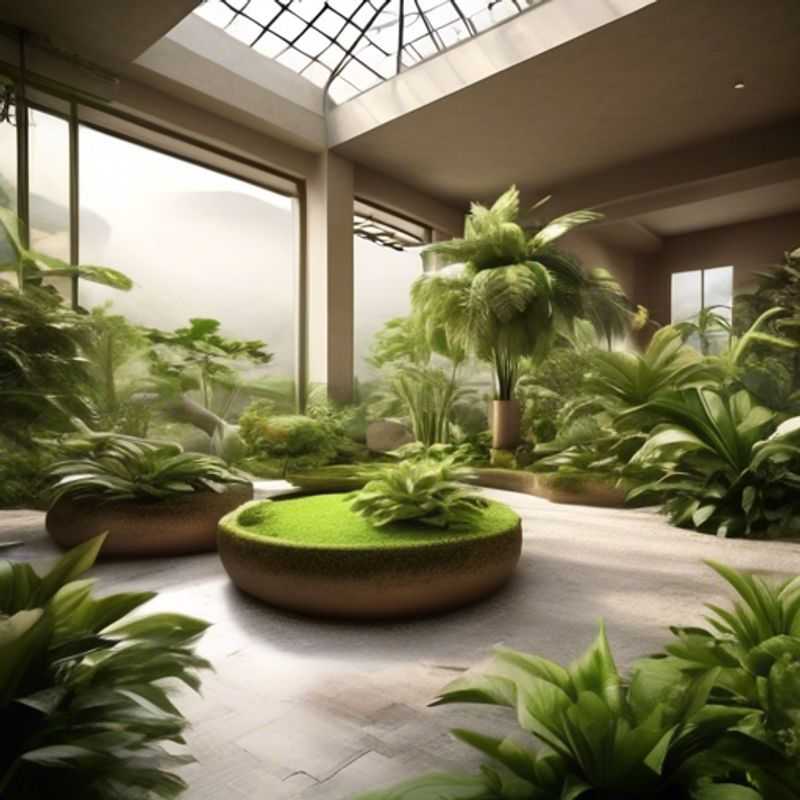
Digging Deeper: Understanding Different Types of Potting Soil
Choosing the right potting soil is essential for healthy plant growth. Different types of soil are formulated for specific plant needs. Here's a quick breakdown:
All-Purpose Potting Mix: A good starting point for most houseplants and vegetables. It provides a balance of nutrients and good drainage.
Cactus & Succulent Mix: Designed for plants that prefer well-draining soil and don't need much moisture. It typically has a higher proportion of perlite or sand.
Seed Starting Mix: Lightweight and sterile, ideal for starting seeds indoors. It promotes rapid germination and root development.
African Violet Mix: Formulated for delicate plants like African violets, with a fine texture and good aeration.
Acid-Loving Plant Mix: Contains components that lower the soil's pH, suitable for plants like blueberries and azaleas.
Organic Potting Mix: Composed of natural ingredients like compost, peat moss, and coconut coir. It's beneficial for soil health and promotes microbial activity.
Tips for Choosing the Right Potting Soil:
• Read the Label: Pay attention to the plant type the soil is designed for and the ingredients it contains.
• Consider Your Plant's Needs: Choose a soil that matches the moisture requirements and nutrient needs of your plants.
• Test the Drainage: A good soil should drain well to prevent root rot.
• Repotting: When repotting, use fresh potting soil each time. Old soil can become compacted and lose its effectiveness.
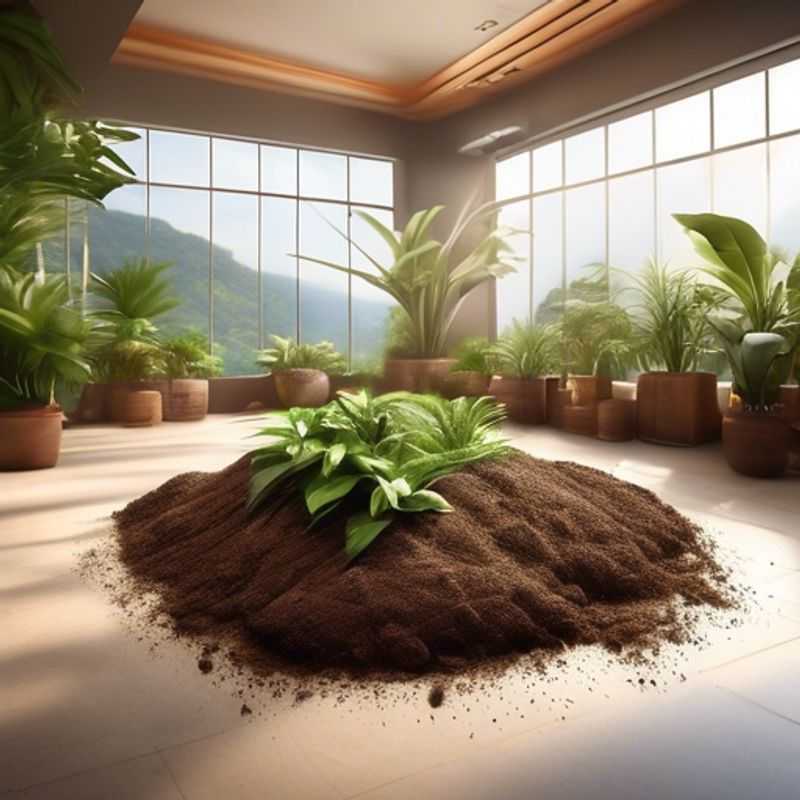
Keeping Indoor Plants Happy: Understanding Drainage and Aeration
Indoor plants, just like their outdoor counterparts, need proper drainage and aeration to thrive. Drainage refers to the ability of the soil to allow excess water to flow through, preventing roots from sitting in waterlogged conditions. Aeration refers to the presence of air spaces within the soil, which are crucial for root growth and oxygen uptake.
Choosing the right pot is essential. Terracotta pots are porous and allow excess water to evaporate, aiding drainage. Plastic pots, while more affordable, can hold in moisture, potentially leading to root problems. Ensure the pot has drainage holes to allow water to escape.
The potting mix should be well-draining and airy. Avoid using heavy, clay-based soils as they retain too much water. A good mix often includes components like peat moss, perlite, and vermiculite, which help with drainage and aeration.
Avoid overwatering. Water your plants only when the top inch of soil feels dry. Allow excess water to drain out completely before returning the plant to its decorative pot.
Regularly check for signs of overwatering, such as yellowing leaves, drooping stems, and a musty smell. If you suspect your plant is overwatered, allow the soil to dry out completely before watering again.
Investing in a moisture meter can help you gauge the soil moisture level and avoid overwatering. You can also use your finger to test the soil's dryness.
Proper drainage and aeration contribute significantly to a healthy and thriving indoor plant collection. By considering these factors, you can create an environment that promotes strong root growth and flourishing plants.
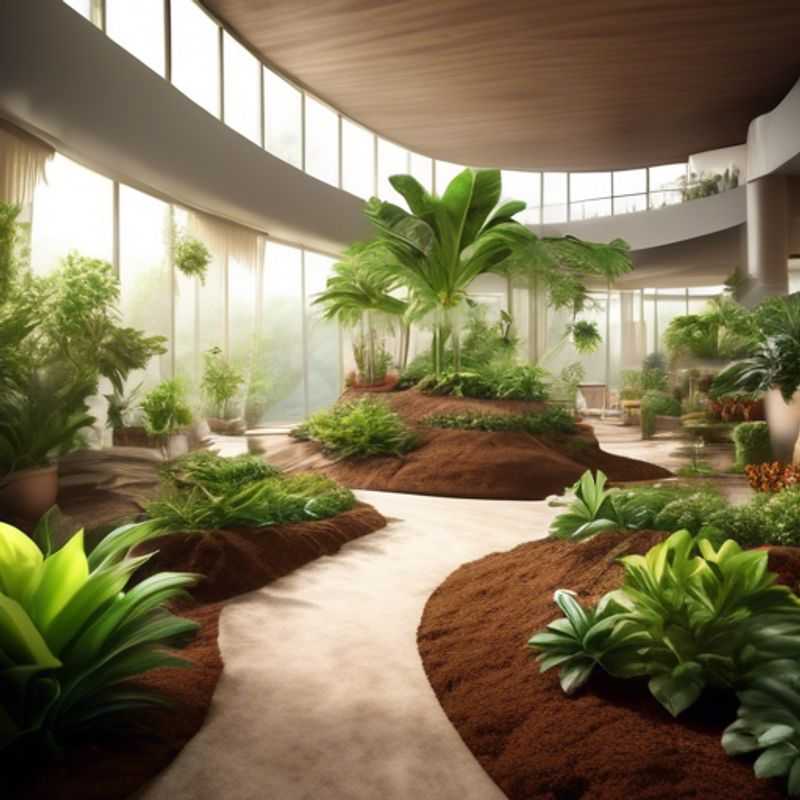
Healthy Soil, Happy Plants: Choosing the Right Growing Medium
Choosing the right soil is fundamental for healthy plant growth. Nutrient-rich soil provides essential elements like nitrogen, phosphorus, and potassium, which plants need for strong roots, vibrant leaves, and bountiful blooms. Look for soil with a good balance of these nutrients, avoiding soils that are too acidic or alkaline. Furthermore, pest-free soil is crucial to prevent infestations and diseases that can harm your plants. Inspect the soil for signs of pests or disease, and if necessary, consider sterilizing the soil before planting. By selecting nutrient-rich and pest-free soil, you set the stage for thriving plants and a flourishing garden.
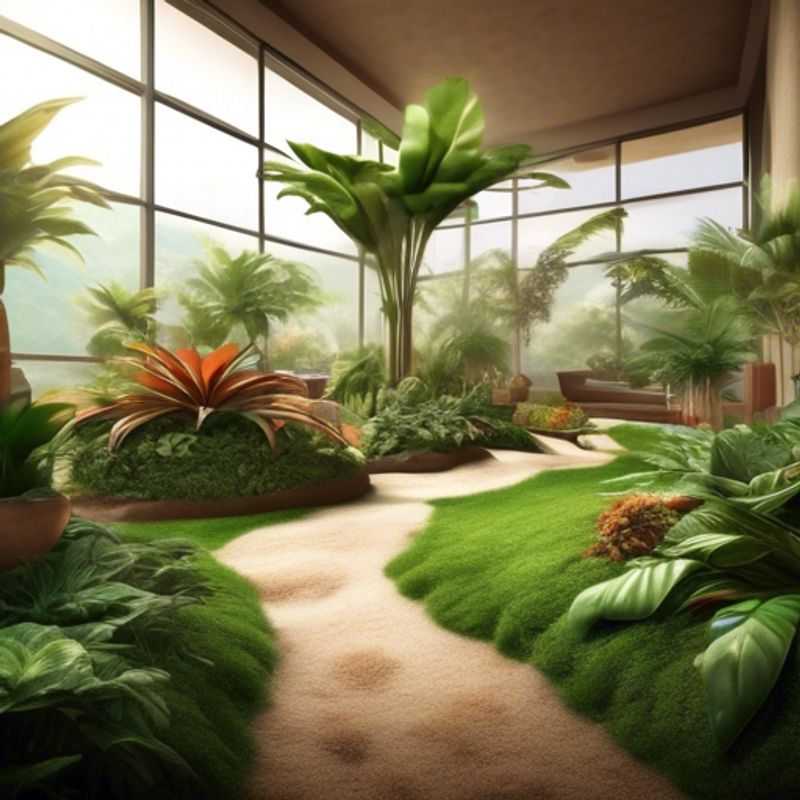
Happy Plants, Happy You: How to Know Your Plant's pH Preference
Understanding the pH level your plants prefer is crucial for their health and growth. pH is a measure of acidity or alkalinity, with a scale ranging from 0 to 14. Most plants thrive in a slightly acidic to neutral range of 6.0 to 7.0, but some have specific requirements.
Here's how to determine the pH level your plants need:
1. Consult plant guides or websites: Research the specific needs of your plant species. Look for information about the ideal pH range, as well as potential issues that can arise from pH imbalances.
2. Use a pH test kit: These kits, available at garden centers, allow you to measure the pH of your soil. Simply follow the instructions to collect a soil sample and test it. Read the instructions carefully to ensure accurate results.
3. Adjust the pH if needed: If your soil's pH is too high (alkaline), you can lower it with sulfur or acidic fertilizers. For a soil that's too acidic, add lime to raise the pH.
By monitoring and adjusting the pH of your soil, you'll provide your plants with the ideal conditions for healthy growth and vibrant blooms.
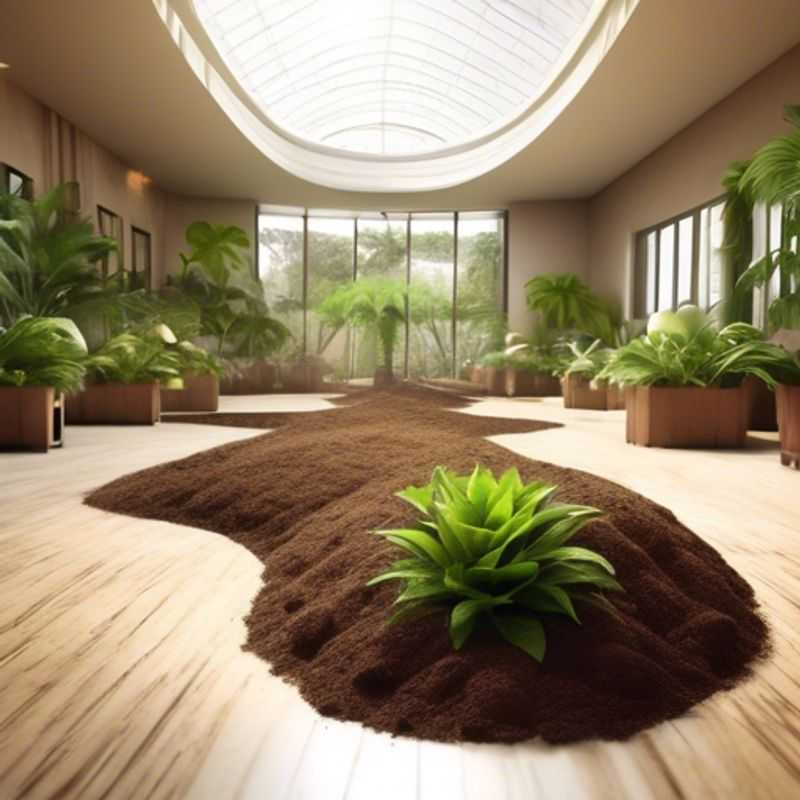
Digging Deeper: How to Determine the Right Soil Texture and Consistency for Your Garden
Knowing your soil's texture and consistency is crucial for successful gardening. This guide will give you a quick overview of how to determine these factors.
Soil Texture refers to the relative proportions of sand, silt, and clay particles. A simple "feel" test can help:
1. Take a handful of soil: Feel for the texture. Sandy soil feels gritty, silt feels smooth and floury, while clay soil feels sticky and dense.
2. Rub the soil between your fingers: If it feels rough, it's likely sandy. If it feels smooth and silky, it's likely silt. If it feels sticky and forms a ball, it's likely clay.
Soil Consistency refers to how well the soil holds together. There are three main types:
1. Loose: The soil crumbles easily and doesn't hold its shape well. This usually indicates good drainage but may lack nutrients.
2. Friable: The soil is easily worked, holds its shape when molded, and has good drainage. This is the ideal consistency for most plants.
3. Compact: The soil is hard and difficult to work. This indicates poor drainage and may hinder root development.
Important Tip: You can further refine your soil assessment using a soil test kit available at garden centers or online. These kits provide detailed information about your soil's pH, nutrient levels, and other important factors.
Knowing your soil's texture and consistency helps you choose the right plants, apply appropriate fertilizers, and improve drainage if needed. It's a crucial step towards a thriving garden!
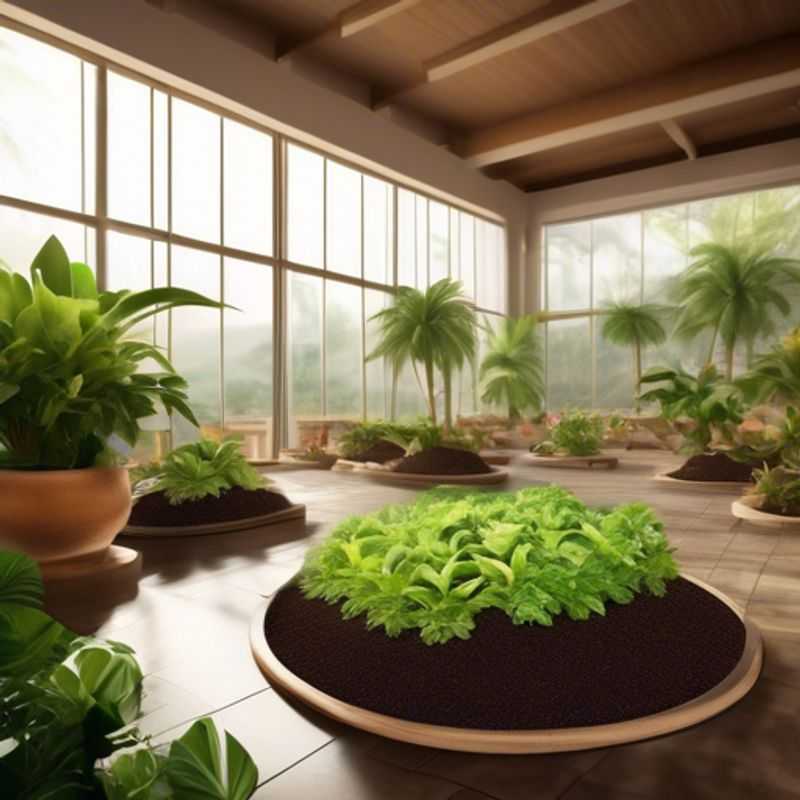
Soil Analysis: Checking for Amendments and Additives
Before you start planting, it's important to check the soil for any additional amendments or additives. This step is crucial for healthy plant growth and a successful garden.
Here's what you need to consider:
1. Soil Test: This is the most accurate way to determine what your soil needs. A soil test will reveal the pH level, nutrient content, and any potential issues like heavy metals. You can purchase a home soil test kit or contact your local extension office for testing services.
2. Visual Inspection: Look for signs of compacted soil, poor drainage, or visible signs of pests or disease.
3. Previous Amendments: If you're planting in an area where you've previously amended the soil, consider what you added and whether it's still beneficial.
4. Compost: Adding compost improves soil structure, drainage, and nutrient content.
5. Fertilizers: Depending on the soil test results, you might need to add fertilizers to supplement nutrient deficiencies.
6. Lime: If your soil is too acidic, adding lime can raise the pH level.
7. Mulch: Mulching helps retain moisture, suppress weeds, and regulate soil temperature.
Remember, soil testing is the most accurate way to determine what your soil needs. If you're unsure about any specific amendments, consult a gardening expert or your local extension office.
